Amina Khan
Atlantic Books
2017 | 313pp | £12.99
ISBN 9781786492272
Buy this book from Amazon.co.uk
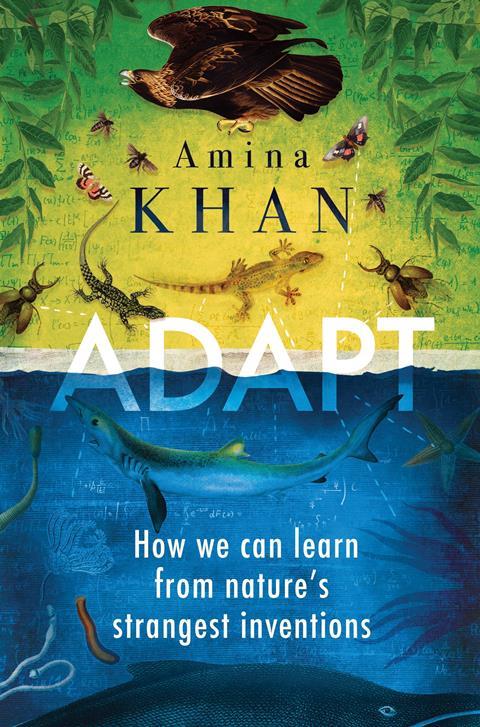
In May 2016, David Hu, a researcher at Georgia Tech University, US, was featured three times on Senator Jeff Flake’s list of the most wasteful scientific uses of government funds. Why? Because his research into why animals behave in particular ways was overlooked as frivolous. Hu’s studies have varied from how dogs shaking helps them dry themselves more quickly to how frogs use their saliva to catch prey, but it’s all in the name of looking for ways that we can learn from nature to engineer better materials and devices.
Hu’s work on fire ants linking their legs together to form rafts to escape flooding in the Amazon is mentioned in the sixth chapter of Adapt, and it’s my fascination with some of his recent studies that first drew me to this book.
In Adapt, Amina Khan talks to researchers and company directors from around the world about how they are looking to nature for inspiration. Khan visits research labs and bio-inspired buildings from Los Angeles, California, to Harare, Zimbabwe, on her quest to find out how scientists and engineers are learning from biology to design better buildings, safer medical implants and more agile robots, to give just a few examples. Adapt goes beyond a description of the science behind biomimicry, though. It is a diary of Khan’s travels and interviews, as she really gets to know the people behind the research she writes about.
It’s apparent right from the start that Khan is not only passionate about the subject, but also extremely well informed about the science behind topics as disparate as fluid mechanics and the migratory habits of sea turtles.
That’s not to say that the book is overloaded with complexity. Khan’s style of writing makes even the most intricate topics interesting and accessible. In the final chapter on sustainable cities, her enthusiasm for the environment, along with that of researchers she talks to, is enough to make anyone want to get out there and start looking for ways to reduce their carbon footprint.
I’d thoroughly recommend this book, not just for those with a background in science, but for anyone interested in what we can learn from nature.
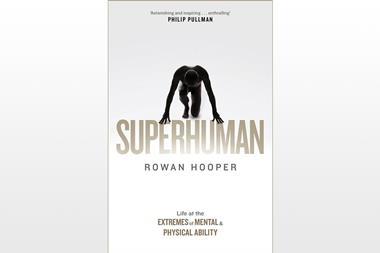
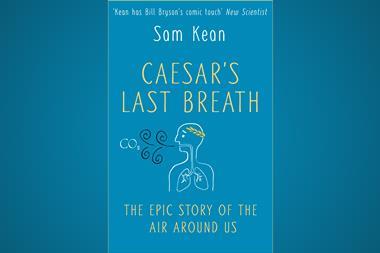
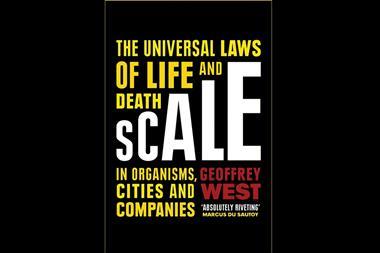

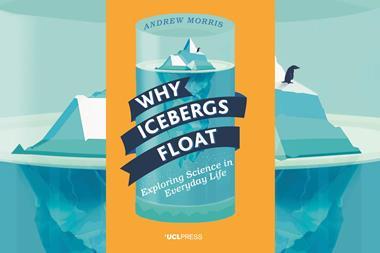







No comments yet